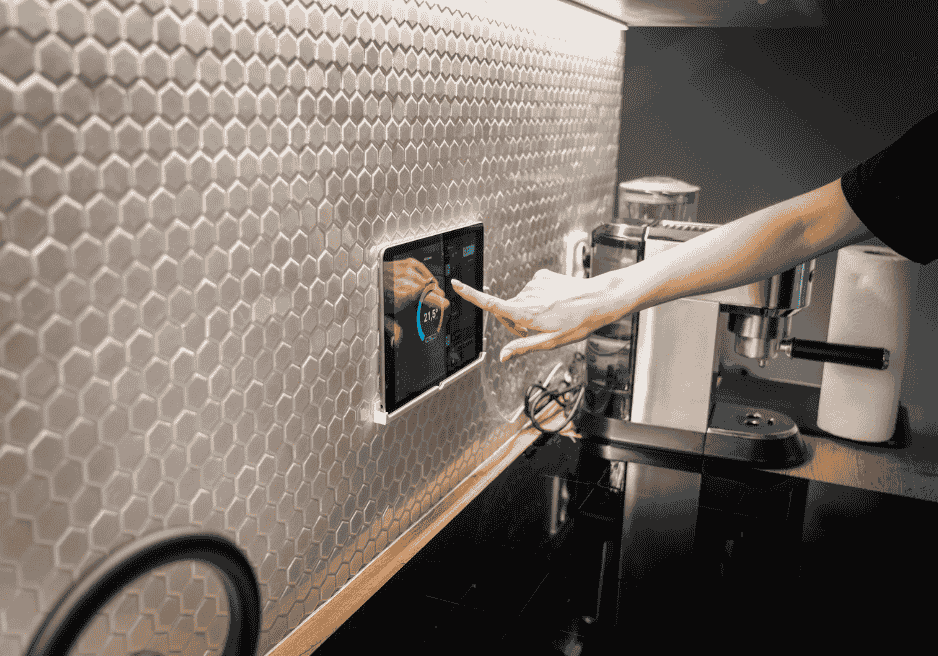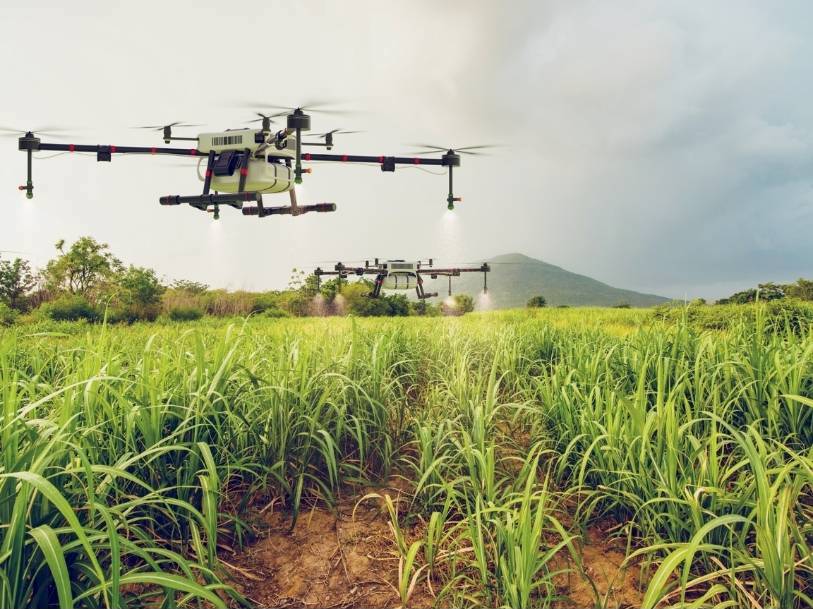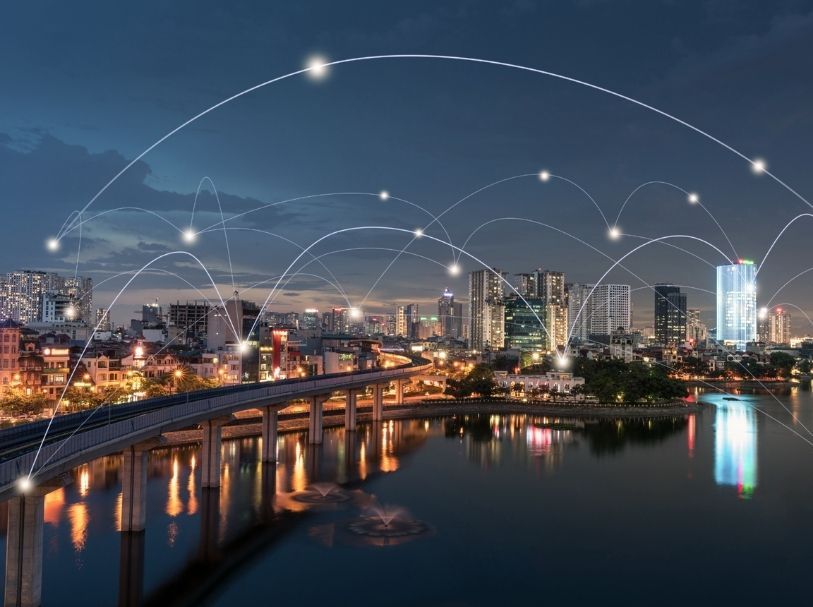🚨 The Challenge
- Devices were scattered across apps with no central management platform
- Lack of cross-device automation—no way to build if-this-then-that logic across different product lines
- Needed a scalable, white-label platform for end-user experience and internal control
- Wanted mobile app support, AI automation, and energy tracking without building from scratch
- Required integration with both BLE and Wi-Fi-based devices
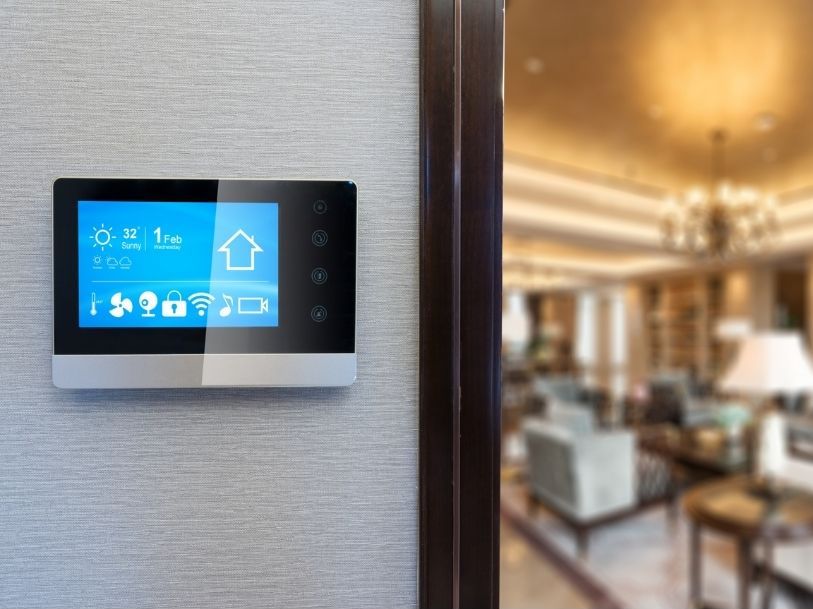
💡 The Wavefuel Solution
✅ 1. Unified Device Platform
All smart devices—plugs, switches, thermostats, sensors, and lighting—were connected to Lighthouse using BLE, MQTT, and HTTP, regardless of their original firmware.
✅ 2. Custom Mobile App via SDK
Using Wavefuel’s SDK, the client built a custom branded mobile app for their customers in just weeks—without needing a large engineering team.
✅ 3. Automation with Rule Engine
- Auto-turn off lights if room is unoccupied for 10 mins
- Trigger HVAC if window sensors detect a temp spike
- Power down the whole house on voice or app command
✅ 4. Halo for Insightful Dashboards
Provided dashboards showing energy consumption by device and room, device health, and usage patterns—used by both users and OEM’s support team.
✅ 5. AI Assistant for Home Admins
Customers could just chat with Lighthouse AI to set up automations, check device health, or ask: “Which devices are consuming the most power?”
📈 The Result
- 🧑💻 Custom app launched in 1/3rd the usual time
- 🔌 Device response time improved by 45% through centralized communication
- 📉 20% drop in support tickets after self-diagnostics and AI assistance
- ⚙️ Rule automation adoption increased by 60%—users loved the flexibility
- 🌱 Built-in energy dashboards helped reduce home power consumption by ~12%
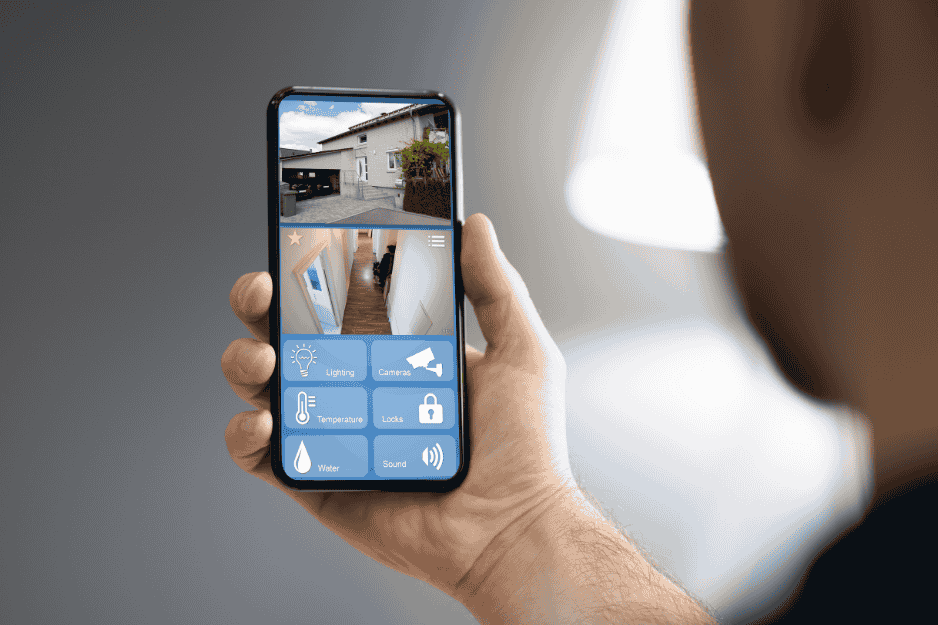
🧠 Key Features Used
- BLE, HTTP, MQTT support
- White-label SDK
- Rule Engine for device automation
- AI-powered home assistant
- Halo for real-time monitoring and energy analytics
